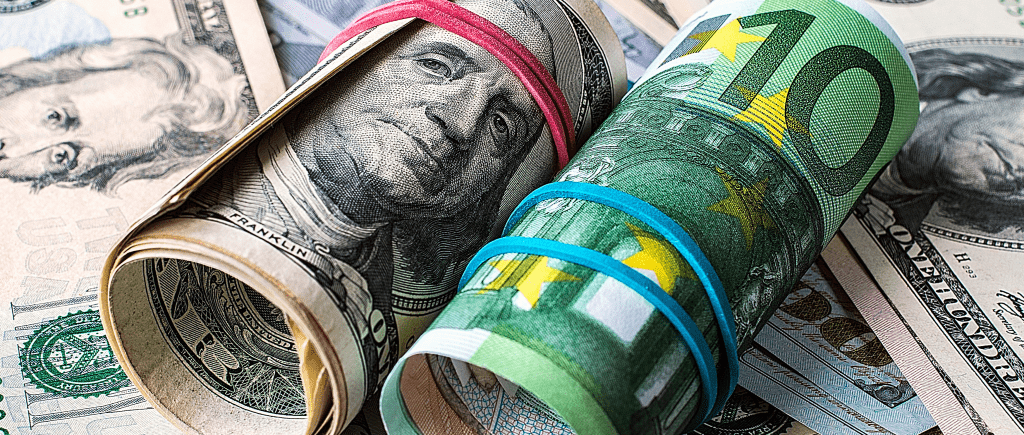After dropping under 1.0700 during the Asian session, EUR/USD continues to press lower towards its 2020 lows in the 1.0630s. The pair continues to suffer as a result of expectations for Fed/ECB policy divergence, as well as Russo-Ukraine war risks.
After dipping back under the 1.0700 level during Asia Pacific trading hours, EUR/USD has continued to trade with a negative bias throughout European trading hours and continues to make bearish headway towards its 2020 lows in the 1.0630s. At current levels around 1.0670, the pair is trading with on the day losses of about 0.4%, with the euro failing to take advantage of the hawkish comments from ECB policymaker Martin Kazaks.
Kazaks reiterated his preference for the bank to begin rate hikes in July and called expectations for two or three hikes this year “quite reasonable”. As analysts have noted, the recent hawkish shift in policy guidance from the ECB towards rate hikes in Q3 has failed to lift the euro against the US dollar because the recent hawkish shift from the Fed has been larger.
The Fed is now expected to lift interest rates in 50 bps intervals at its next few meetings and is likely to take interest rates back to neutral (around 2.5%) by the end of the year, with the risk of much higher rates to follow in 2023 dependant on inflation outcomes. This divergence, as well as higher stagflation risks in the Eurozone versus US as a result of the Russo-Ukraine war, explains why EUR/USD has had such a tough time holding onto rallies in recent weeks.
If the pair does break below its 2020 lows in the coming days, as is very possible, the door would be open to a drop to the next key area of support in the form of the 2017 lows at 1.0340, which would mark a further more than 3.0% decline from current levels.

 Noor Trends News, Technical Analysis, Educational Tools and Recommendations
Noor Trends News, Technical Analysis, Educational Tools and Recommendations




